When you shop at a department store or large clothing retailer, you’ll often see any sort of tailored jacket for sale listed as a “blazer.” But not every jacket with lapels and buttons can accurately bear this name! Read on to learn about the distinctions between suit jackets, sport coats, and blazers.
What is a Suit Jacket?
A suit jacket is precisely that: the jacket belonging to a two- or three-part outfit including matching pants and/or waistcoat, which together make up a complete suit. Thus, a suit jacket always originates from a pairing that uses the same exact fabric for both (or all) pieces. In other words, being made as part of an ensemble is the essential defining feature of a suit jacket.
Of course, there’s nothing to stop someone from splitting up a suit in a style move known as “mix-and-match” or spezzato, to use the Italian term. For example, you can use the gray trousers from one suit along with the navy jacket from another, and therefore inject variety into your wardrobe. This blurs the lines of definition between suit jackets and sport coats by breaking up the original unity of a suit (spezzato literally means “broken”). But let’s not get ahead of ourselves!
Before we get to sport coats, know also that there are certain common features of suit jackets that will help you to distinguish them visually from the other jacket styles. For one thing, a suit jacket is usually more formal. This is why a suit is the default for business meetings, funerals and other daytime events that require soberness and dignity. The formality of a suit jacket is reflected in its relative absence of pattern or texture, and by being generally more structured than a sport coat or blazer. The majority of suits are made of smooth worsted wool in conservative solid colors like charcoal gray or navy blue. Only a few traditional patterns are considered formal enough for a business suit, such as glen check, windowpanes, chalkstripes and pinstripes.
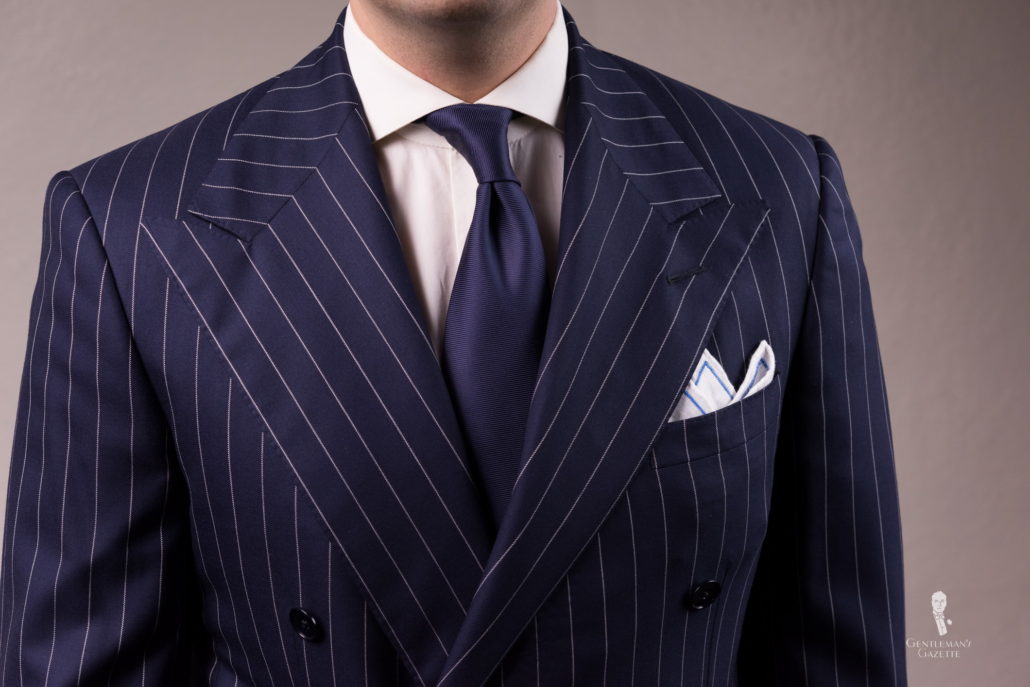
Structure means a suit jacket tends to have more padding inside the shoulder area and, in some cases, more canvassing between the inside lining and the cloth. The formality provided by structure, especially in a British-style suit, combined with typical suiting fabric, makes a suit jacket difficult to wear with a different pair of pants–your upper body will appear more dressed up than your lower, and it simply looks like you’re wearing the orphaned top half of a suit. Check out the guys wearing suit jackets with jeans at any upscale suburban mall on a weekend, and you’ll know exactly what we mean.
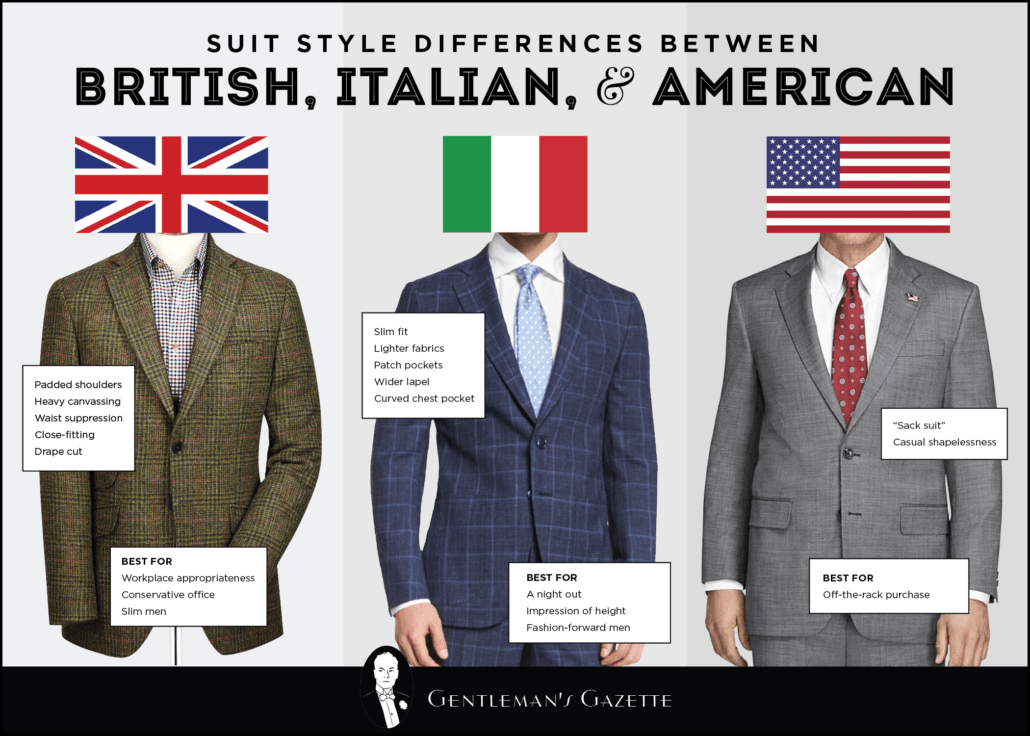
The problem with pairing suit jackets with non-suit trousers is that padded shoulders and worsted wool are formal features; they’re so associated with full suits and the power they project that they instinctively look wrong when divided. There is a school of style that intentionally flouts this disconnect between top and bottom, practiced by those who wear suit jackets with torn-up jeans, sweat pants, or shorts. This is certainly not classic style though, so we wouldn’t recommend it to Gentleman’s Gazette readers!
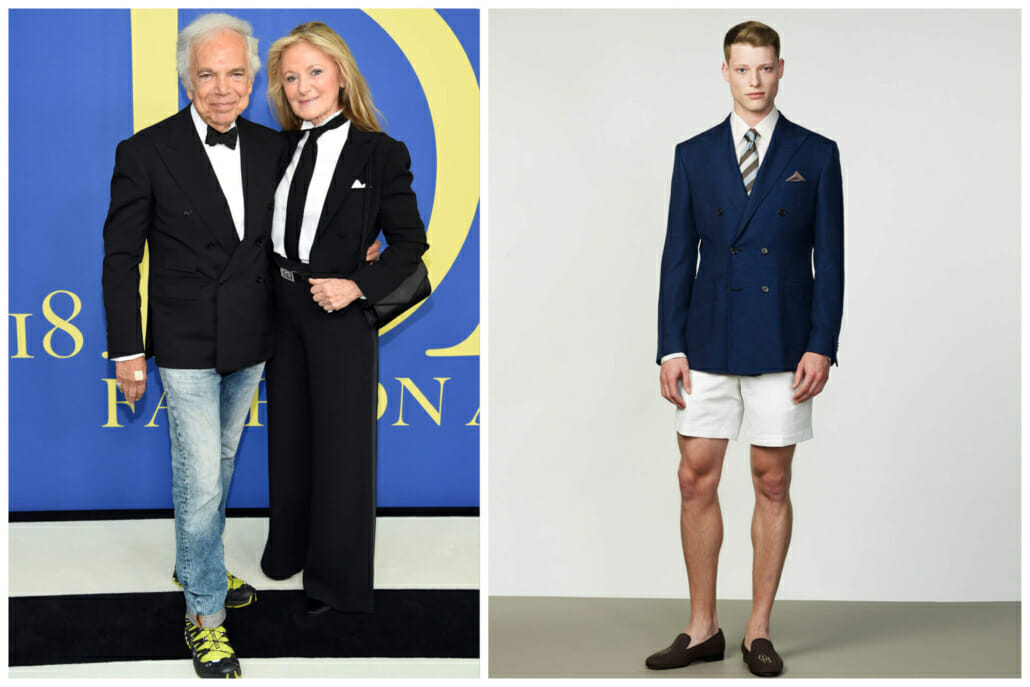
What is a Sport Coat?
A sport coat is also known as an “odd jacket,” odd not in the sense of being weird–even though some sport coat patterns can be quite strange–but in the sense of being different from the pants (which can also be called “odd trousers”). Confusion can arise here, as well; look no further than someone who isn’t up to speed on the technicalities of menswear seeing your sport coat and saying, “nice suit!” This isn’t right, but accept the compliment graciously without correcting the mistake.
In a number of ways, a sport coat is the opposite of a suit jacket. Where suit jackets are smooth and solid in color, sport coats are more often than not made with textured weaves and fabrics; they also come in a larger variety of patterns, like a black and white houndstooth made in a tweed fabric. The obvious presence of texture and pattern is intended, on one hand, to make it explicitly clear that you are not wearing a divided suit, and on the other to emphasize the casual nature of the sport coat.
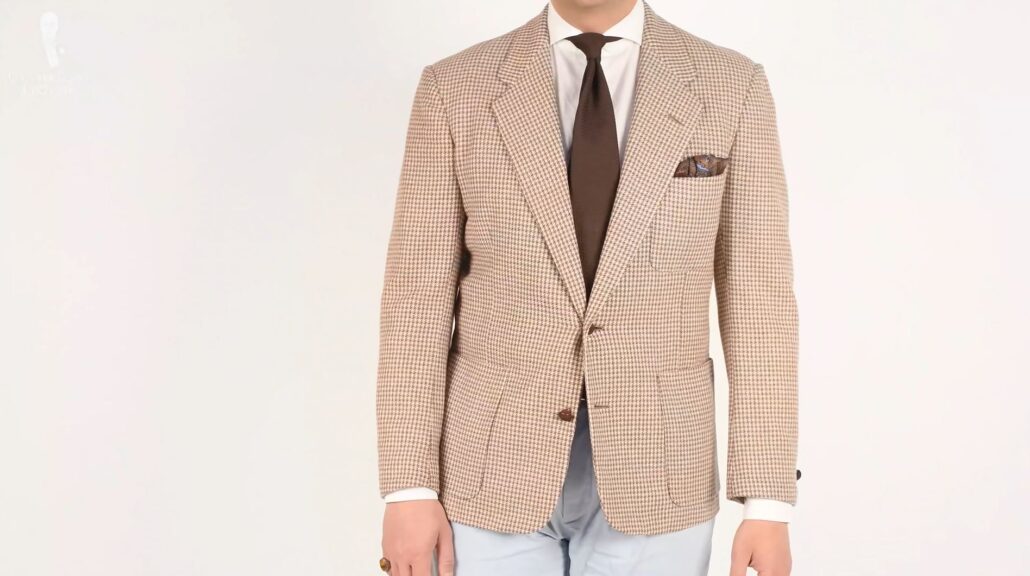
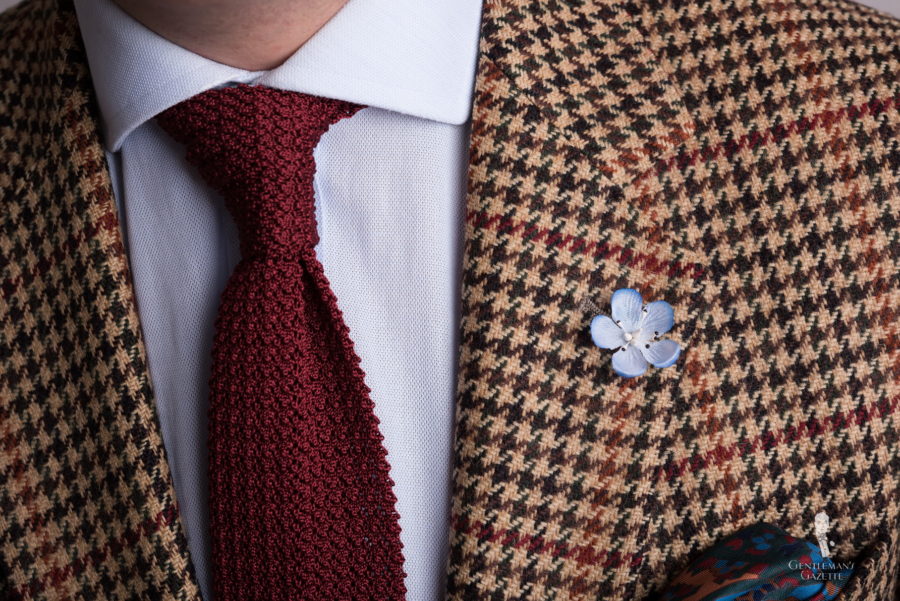
As the name suggests, these jackets were originally made for “sporting” in the British countryside, which meant gentlemanly leisure pursuits like shooting game birds. It can be useful to think of the sport coat as having country origins, while a suit is best suited for city wear. Nowadays, the sport coat is still something to be worn on informal occasions–weekends, parties, picnics, and so on. Of course, the sport coat is hardly considered casual today, in comparison to the usual hoodie and jeans or t-shirt and chinos that every other guy is wearing–but it is still less formal than a suit.
As evidence of this, a sport coat will usually lack the architectural structure of a suit jacket. Natural shoulders (without padding) are common, and summer sport coats are often shirt-like in their absence of any internal canvas or even lining. Yes, there are casually styled suits that have some of these features, but they are more abundant among sport coats.
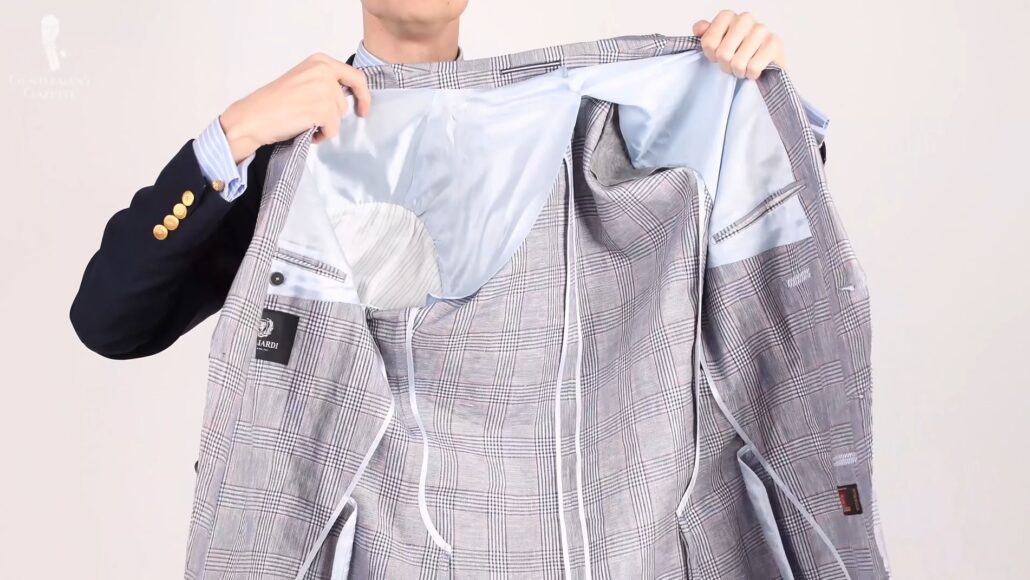
Interestingly, the casual aspect of the sport coat is also clear from its pockets. While suits usually have either flapped or jetted pockets, you’re more likely to find patch pockets on sport coats, which are relaxed in appearance. This can include the breast pocket, which in a more formal garment, would be welted rather than a patch. It’s true that you can find suit-style pockets on sport coats too, but they are more rare, and in our opinion, somewhat more incongruous.
What is a Blazer?
Technically, a blazer is the most specific of the three jacket types–and also the rarest–because it has to fulfill certain criteria to be defined strictly as such. For example, a blazer can come in a solid color (most often navy blue), or incorporate features like a contrast piping or a striped pattern. All other patterns, speaking most technically, disqualify a jacket from being a blazer.
A common additional ornamentation on a blazer, however, is a crest of some sort, testifying to the blazer’s origins as a jacket that identifies the wearer as part of an organization, such as a school or a club. You won’t usually find a crest on a sport coat or a suit jacket. Lastly, a blazer’s buttons usually contrast strongly with the jacket fabric; you might see gold buttons with anchors on them, or white mother-of-pearl, among others. As an example, Ralph Lauren usually sells blazers that possess these typical features.
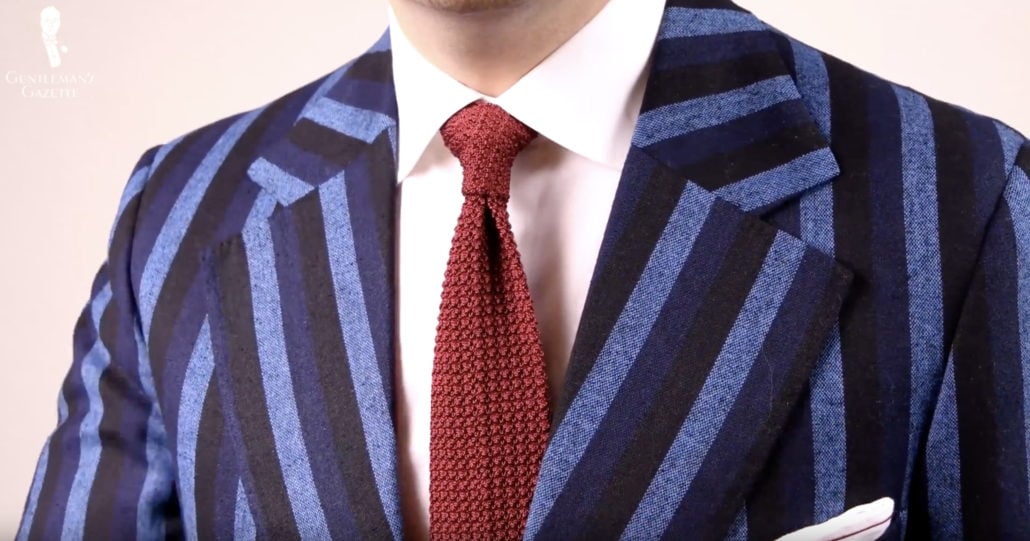
Whatever their specific details, blazers are intended to be bright; “ablaze” with color, as their name suggests. The original blazer, created for members of the Lady Margaret Boating Club in Cambridge, England, started the trend, being made of red flannel. Subsequently, they have appeared in other bright hues like green and yellow. The striped versions, which are called boating or regatta blazers, are likewise quite bold. Even the standard navy blazer will command some attention if it has bright brass buttons. Therefore, a man wearing a blazer ought to be somewhat extroverted, or in a place where such jackets are being worn by everyone, such as in a nautical setting.
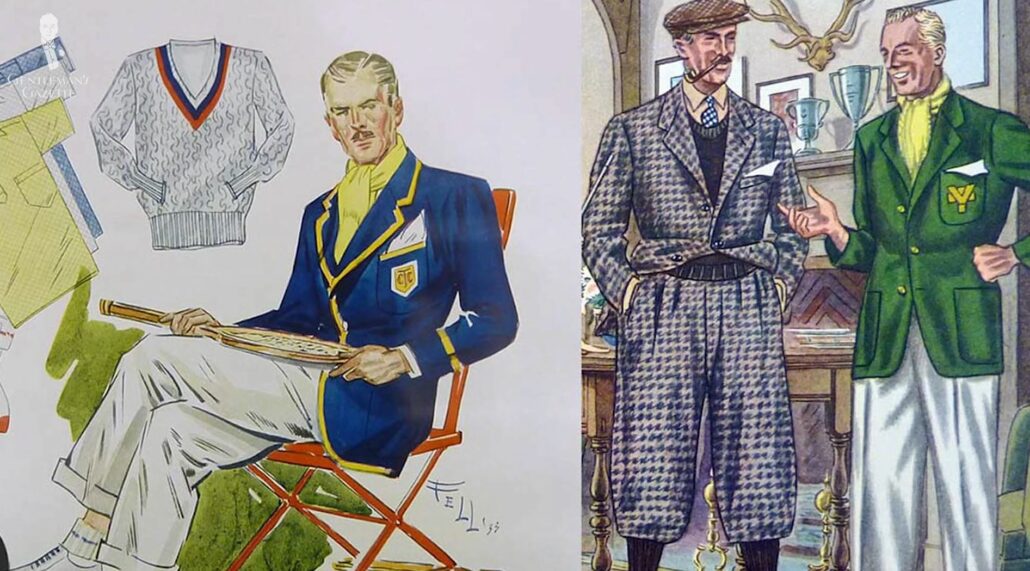
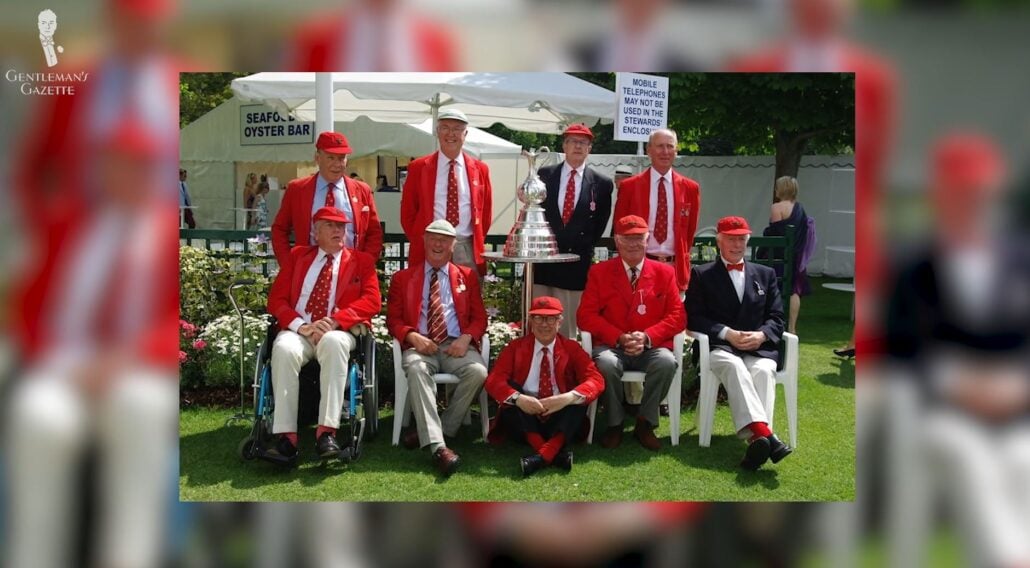
In a certain sense, blazers exist somewhat in the space between suit jackets and sport coats. Like the latter, a blazer is a single piece worn with differently-colored pants; however, traditional blazers are true to their British tailoring origins, are generally more formal than a sport coat, and can possess some of the structural components of a suit jacket, especially a more padded shoulder. Nowadays, however, you can also find less-structured blazers (influenced by Italian style), which venture into sport-coat territory.
Conclusion
Everyday language often fails to recognize the differences when defining suit jackets, blazers, and sport coats. And while there are certain distinctions among these three forms of jacket, the endless options offered for sale today feature a great many hybrids, as well. There are casual suits with unstructured jackets that fit like sport coats, and blazers that fit the same way too. These reflect the prevailing trend for more relaxed and less formal cuts, blurring the lines in the process. Even so, those who appreciate precision will want to ensure that they’re using the proper terminology.
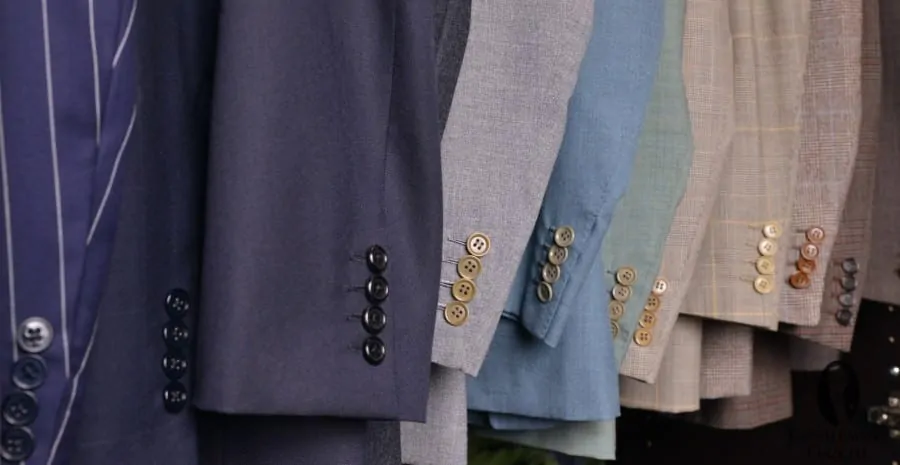
Outfit Rundown
Today, it should hopefully be obvious given the navy blue color and brass buttons that I’m wearing a blazer. It’s double-breasted in configuration, features some padding in the shoulder, but at the same time does have flapped pockets and a single vent in the back which make it slightly more casual than it might traditionally be. I’ve paired it with plain charcoal trousers and a blue and white striped French cuffed shirt.
In those French cuffs, the cufflinks I’m wearing today are from Fort Belvedere. They are gold plated sterling silver cufflinks in a monkey’s fist knot design. Because they feature tied rope, I figured that they tie into this nautical heritage of the blazer. My other accessories are from Fort Belvedere today as well including my pocket square which is an Art Deco Egyptian scarab design in straw yellow, antique brass, blue, black, and cardinal red, and features a brown contrasting edge.
Meanwhile, my bow tie is in madder silk and features a diamond pattern of yellow, red, blue, and orange. Both the pocket square and the bow tie have predominantly yellow tones and so harmonized well with the gold buttons on the blazer. My boutonniere is a pink and white cherry blossom which harmonizes with both the yellow and red colors in the outfit as well as the white that’s found in the shirt.
My socks are from Fort Belvedere – they are shadow-striped models in grey and light blue which of course harmonized with the color palette as well. Rounding out my outfit today then are my shoes which are dark chocolate brown suede penny loafers from Meermin.
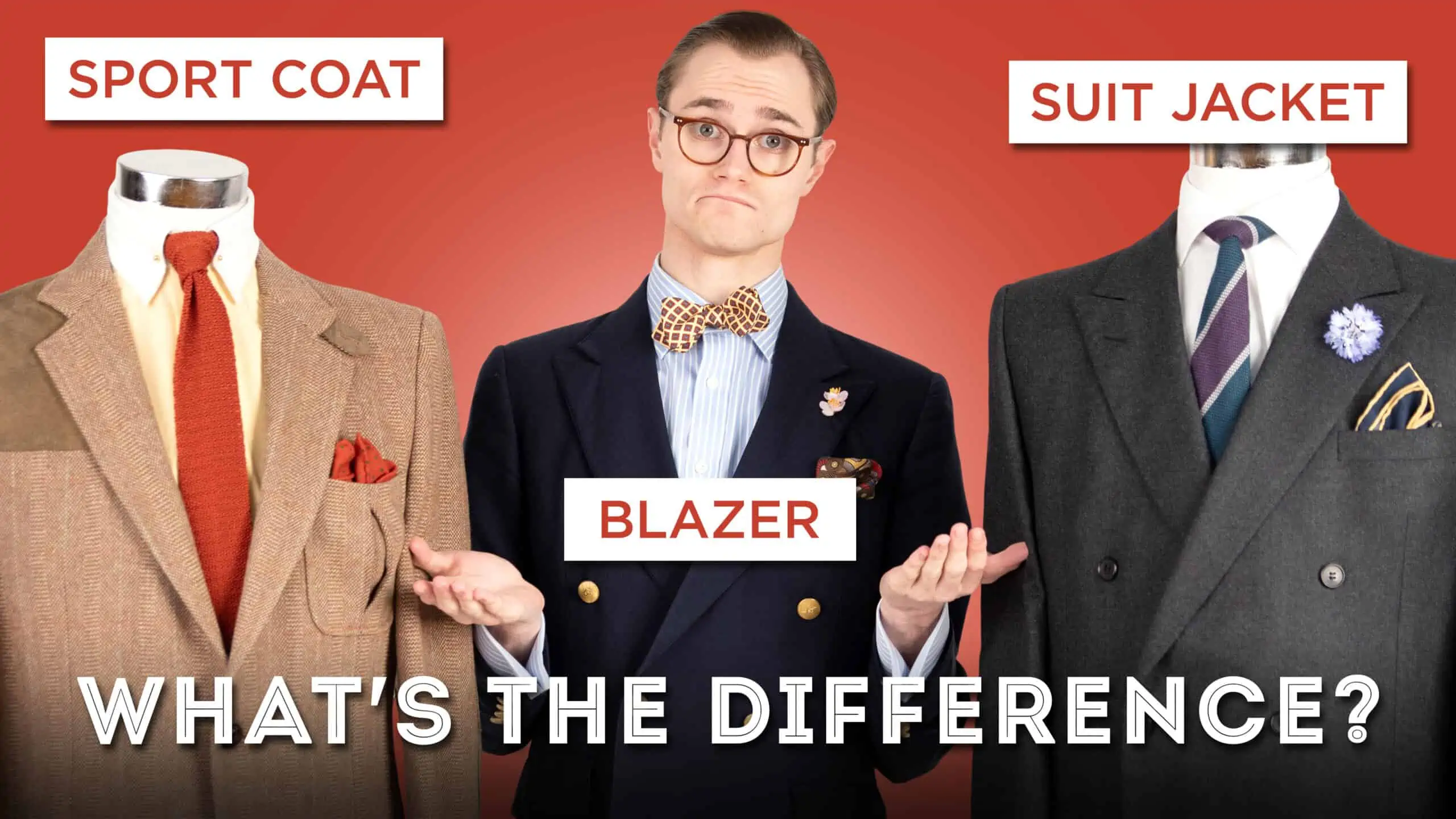
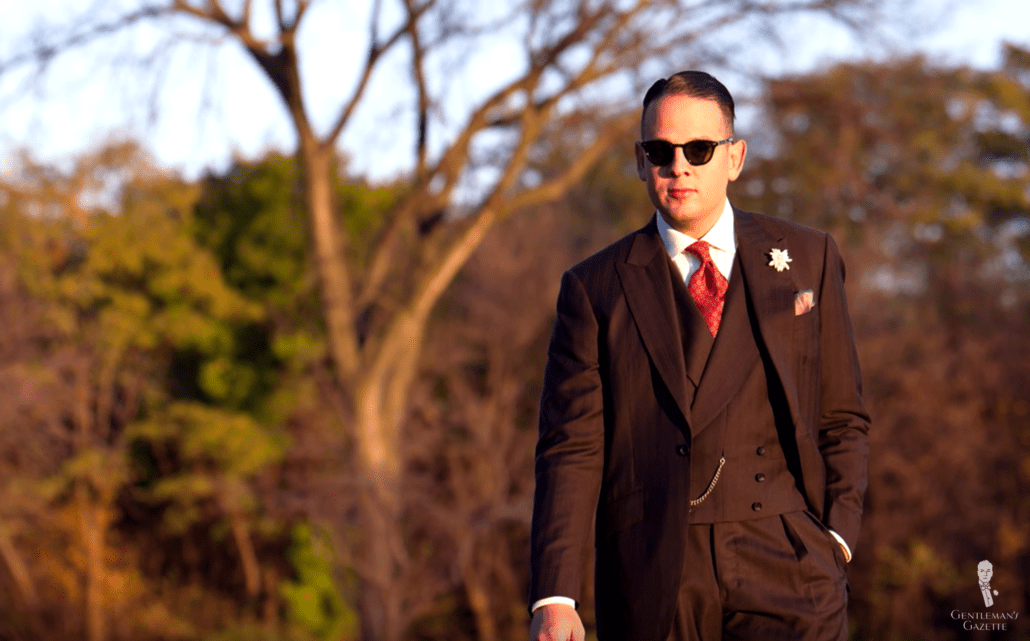
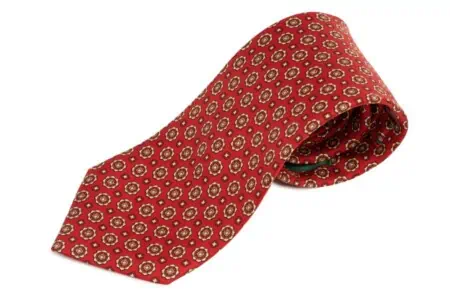
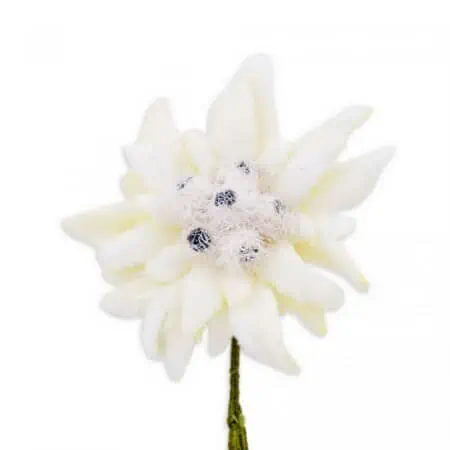
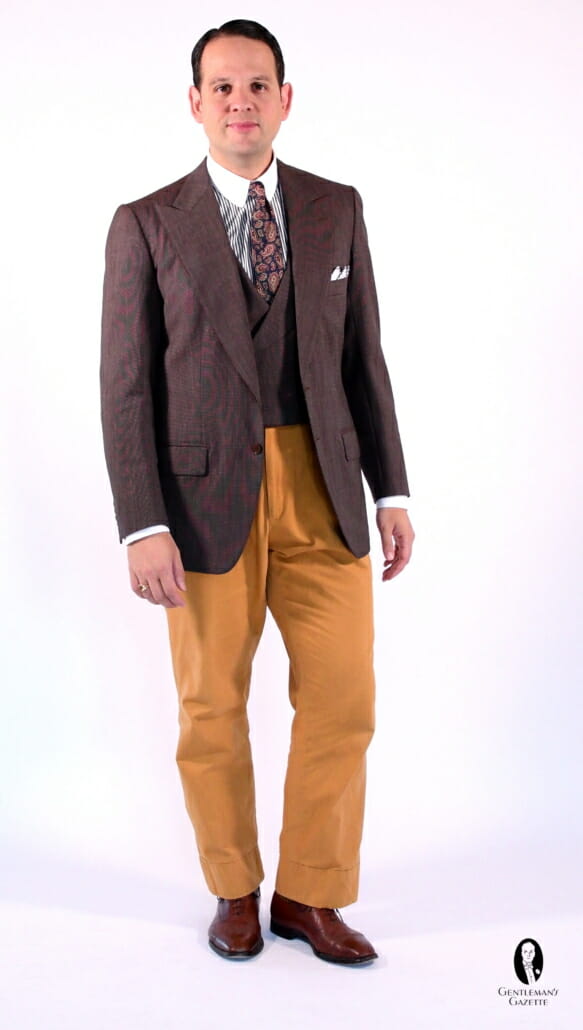
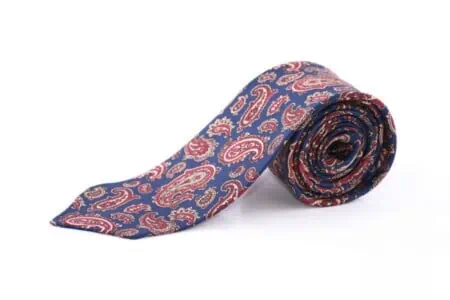
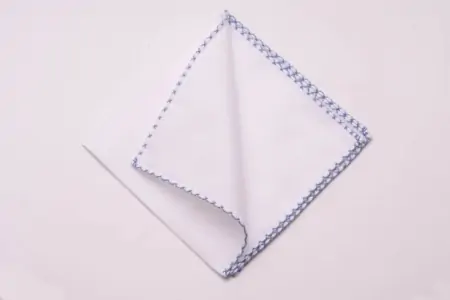
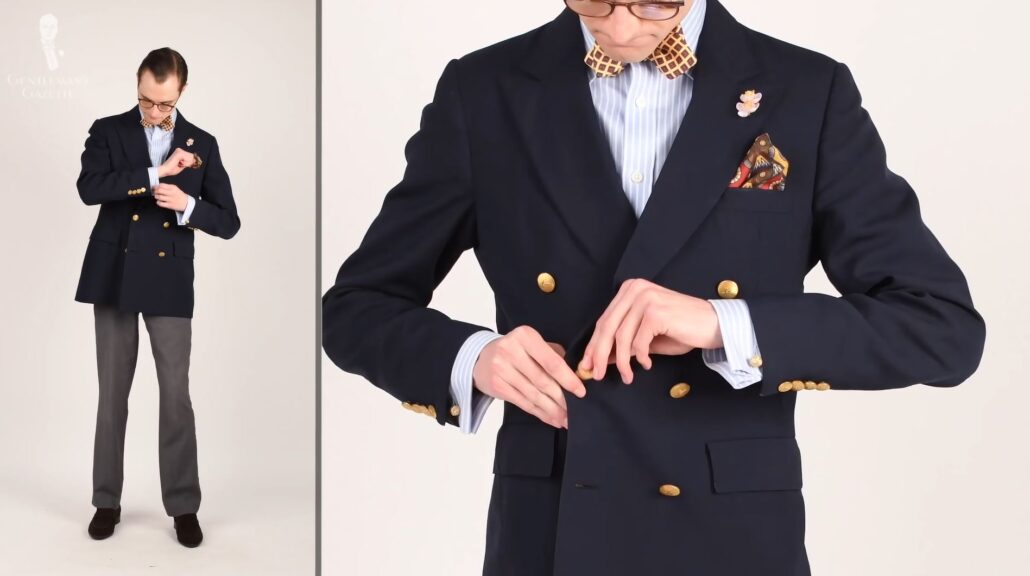
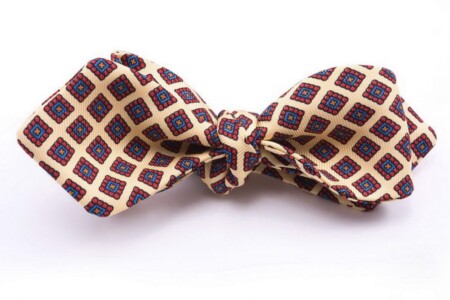
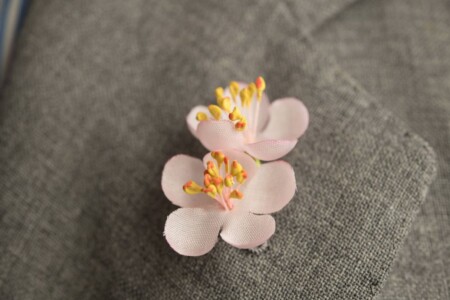
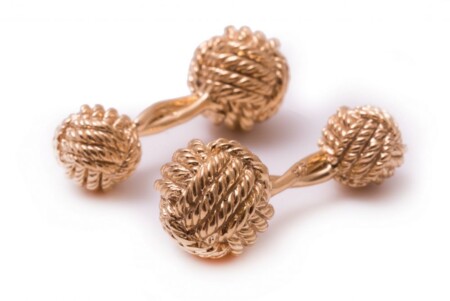
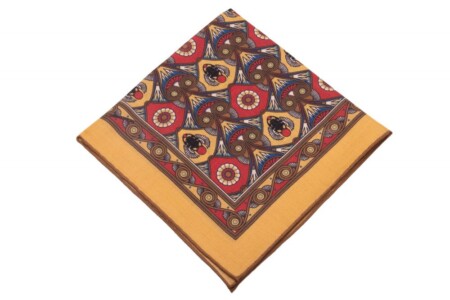
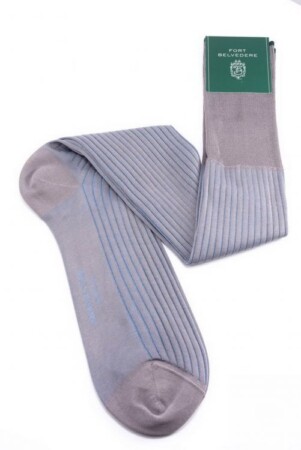
Dr. Lee,
Believe me, the readers of this site already know the difference.
Forme a blazer have always 6 bottons all others without such a number of bottons are jackets or suits jacket.
Eduardo, you mean double breasted, of course. However, blazers can be single-breasted as well.
I would hope that most of the men that follow this site are following to learn things that they do not know about fashion. I was surprised to find out that I did know all the differences between suit jackets, sports jackets, and blazer jackets. What I did not realize is that a blazer is considered more formal than a sports jacket. I should have realized it because I only own 1 blazer jacket that I only wear for X-Mas brunch. I own 8 Tuxedo jackets, 20 sports jackets, and 1 blazer jacket. The reason is that I worked at Fine Dinning Reataurants for 40 years.
Really an amazing blog. Now I can plan perfect wear for my cousin’s marriage. Please write a blog on Best summer wardrobe collection for men.
Bhavya, check out https://www.gentlemansgazette.com/?s=summer for a range of articles pertinent to a summer wardrobe.
A very informative read! Pairing suit jackets and non-suit trousers truly look wrong when divided. Thank you!
Nina Simone: You are absolutely right!
Hi guys l your show it’s my favorite, then I love the blue suit your wearing please show me company…!!!
Great blog, Personally I like gray color coats. going to recommend your blog to my friend’s.
With all due respect, many of us who have lived in Italy know well the meaning of “spezzato”. It is not intended to indicate a suit jacket worn with other trousers. A suit jacket is NEVER paired with other trousers. It looks patently ridiculous.
Thank you for this informative article! But I find that even after reading it, I’m not sure how to classify the houndstooth jacket with the plus-fours in the last picture. It’s sporty and has a louder pattern, but it also has a matching lower half. Is there some fourth category? Or is it just that some sport jackets are halves of “sport suits”? (Some of the “Downton Abbey” hunting outfits do have matching tops and bottoms.)
You forgot about “jacket” (by it self.)
Thank you Dr. Lee-
It was a great education! I need to edit my wardrobe into those categories as I have much time to do this during this tilted earth time! Always interesting clothing education to look forward to.
Thanks for sharing, Sims! We look forward to your wardrobe update.